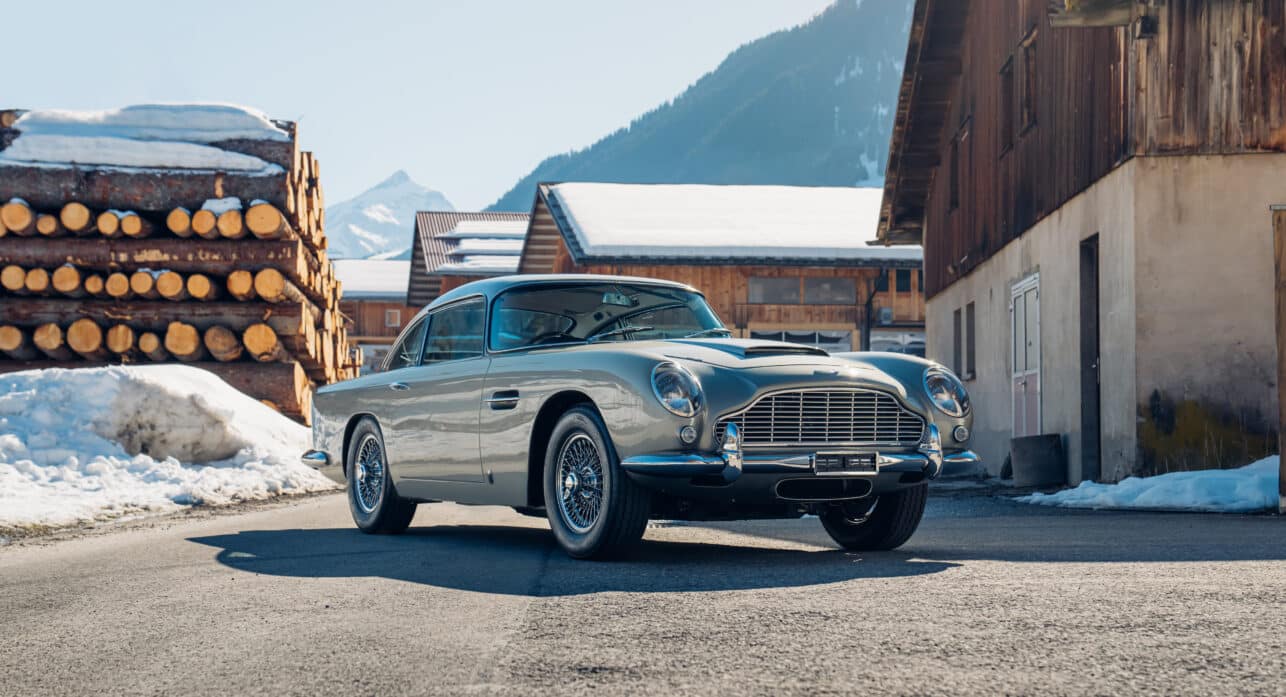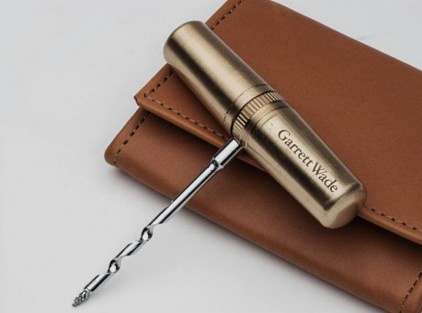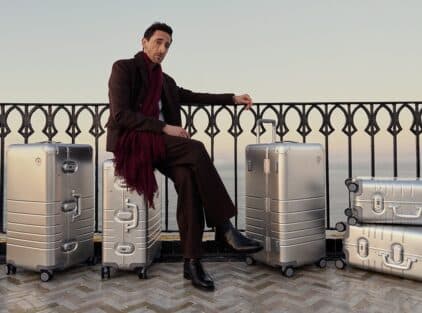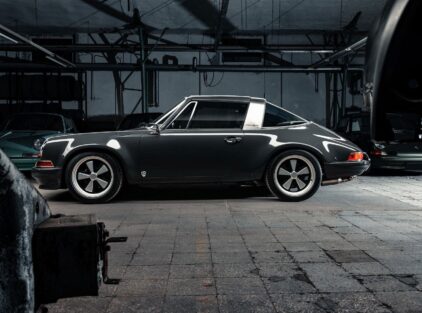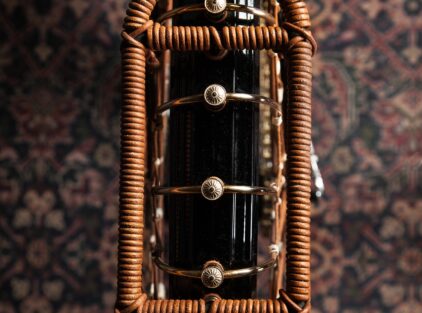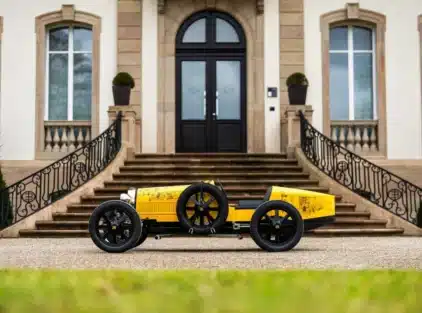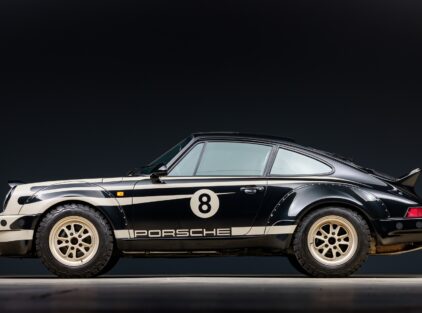The Clarkson Review
Aston Martin DB5
I wish this vehicle had machine guns
I went through a phase where I wanted a BMW 3.0 CSL or an old Mini Cooper. But I’m often distracted by the idea of a Lancia Fulvia or even a Montecarlo or a Triumph TR6 or a Big Healey, the Austin-Healey 3000. What I really want, of course, is an Eagle Jaguar E-type, but I love the Alfa Romeo so, I’m better off picking a 6C or a 1963 Giulia Spider or a Montreal. Basically, that’s what I’d like more than anything. Yes. For sure. Unless the proper BMW 3.0 CSL comes out.
I guess we all do that. We have big dreams about which of the 8 billion classic cars out there we’d like to own. It’s usually impossible. But in a strange way the number of cars from recent years that I would like to buy is… Let me count it… Wait… Four. A Bentley Flying Spur, an Alfa Romeo 4C, the new Alfa Romeo Giulia GTAm and I forgot the fourth.
I wonder if there was ever a time in my life when I desired so few modern cars. They’re all very well if you want your kids to be safe and your geraniums to bloom, and they all have excellent connectivity and incredible reliability, but they don’t make you want to say, “Okay. How much;”
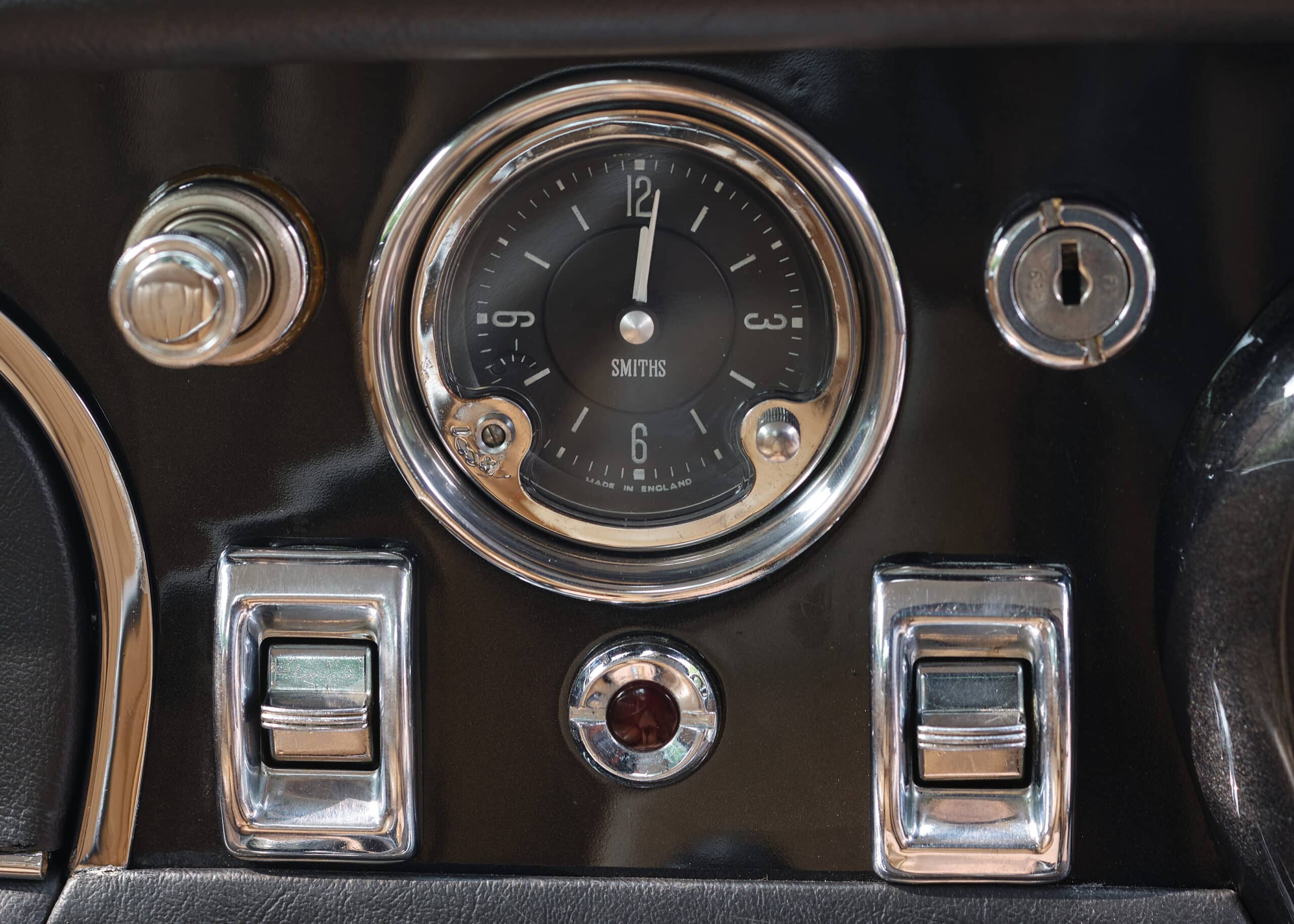
There is a sense that engineers are no longer following their hearts because they are too busy decreeing Greta Thunberg-obsessed governments. The same goes for style. Wings and open canopies and fenders and headlights have been adapted to road safety. And everything else that gets a car enthusiast’s heart racing has been subdued.
This does not mean that my love for cars has diminished. This has not happened. But since I’m no longer excited by novelty and the new, I’ve turned to history books. Or to the classic car magazines, as they are called. Here is the big danger. While it’s nice to browse ads for cars that were built before environmental and safety issues started to concern us, it’s not nice to buy one of them.
You might think that you drive a BMW 3.0 CSL like a modern BMW M8. This is not the case. It works like a lawnmower. If you pick up speed, it’s hard to slow down again. As soon as you reach the turn, you will see that your own taillights are passing you.
Traction control on these lightweight BMW coupés is achieved by placing two bags of cement in the trunk. There were no electrical assist systems at all. Basically, there was nothing electronic beyond the cigarette lighter. You couldn’t move the motorized seats. The seat backs did not move at all.
You would like to have a classic car and you would like to arrive at a hotel with it. But you wouldn’t want to drive it. But what if you could buy a classic car that was built yesterday morning? Enticing much?
Which brings me to the Aston Martin DB5 that rolled off the Aston factory line in Newport Pagnell. Except the 25 cars aren’t standard DB5s. They are replicas of the car Sean Connery drove in the movie Goldfinger and cost £3.3 million each.
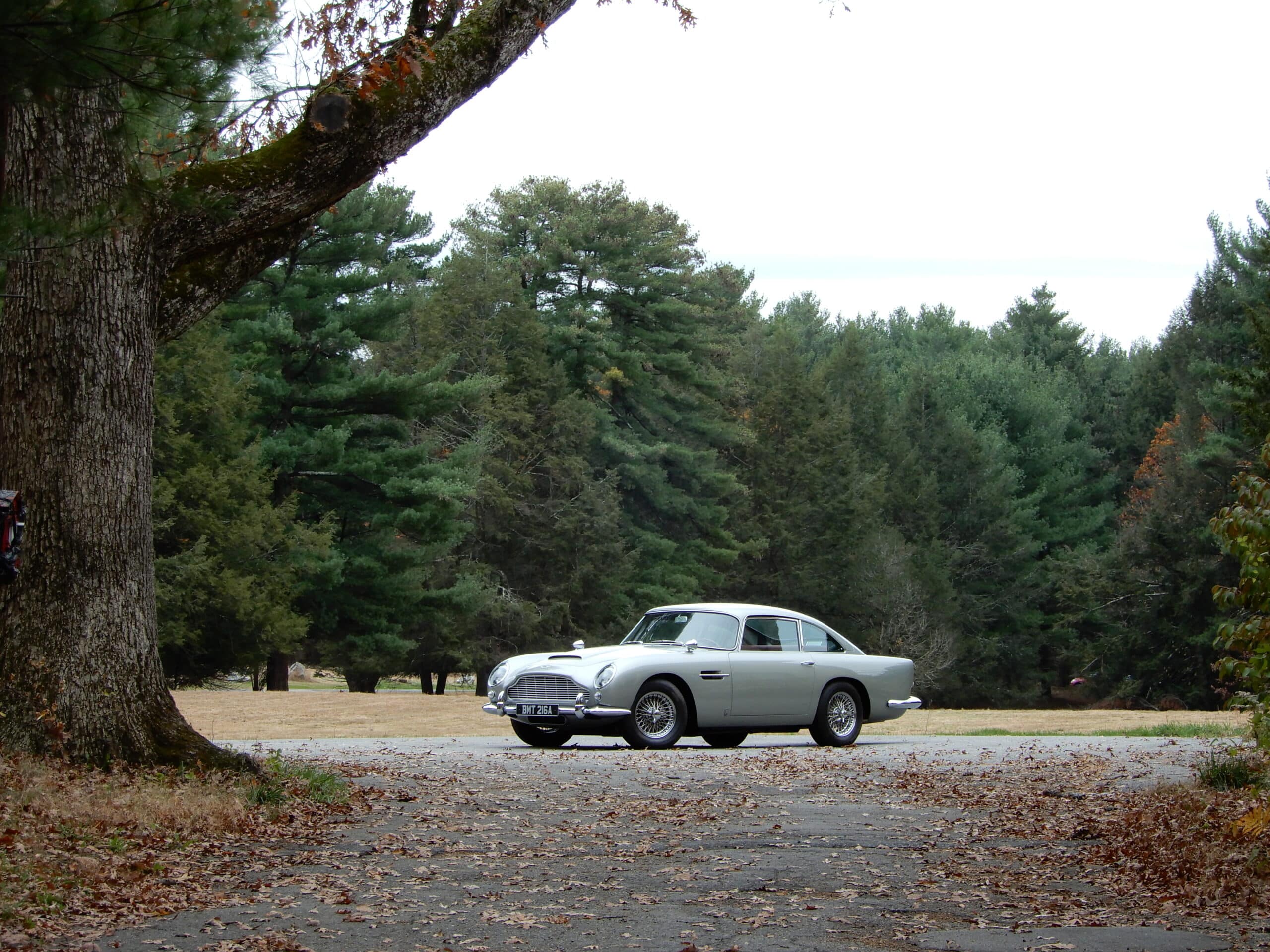
Designed with the help of Chris Corbould, special effects supervisor on the 007 film, it has been fitted with two machine guns protruding from the front fenders, powerful pistons, rotating plates, bulletproof glass that lifts up at the rear and a system that throws back slippery oil . And yes, there’s an optional removable roof panel and a little red button under a twist-cap lever. Although I’m told the passenger seat doesn’t actually pop up when you step on it.
Aston Martin has done this before. With the company’s finances in a precarious state, the bosses decided that rather than spend money they don’t have on a new model, they would just rebuild an old one. So they pulled out the initial plans for the DB4 GT and got to work.
The idea is great. We have a classic vehicle. A real vehicle built by the company itself, using the original tools. But none of the components have been damaged by the wear and tear of time. Some parts, such as the brakes and the engine, have been modernized a bit. What’s more, at a cost of £1.5m it is £1m cheaper than the version of the same car built 60 years ago.
I drove the final product in France and Spain for an episode of The Grand Tour a few years ago and on the Pau Street Circuit and later on a nice road in the Pyrenees and they were great. It responded well to intense violence. Awe awakened it, and when it was fully awake, it danced.
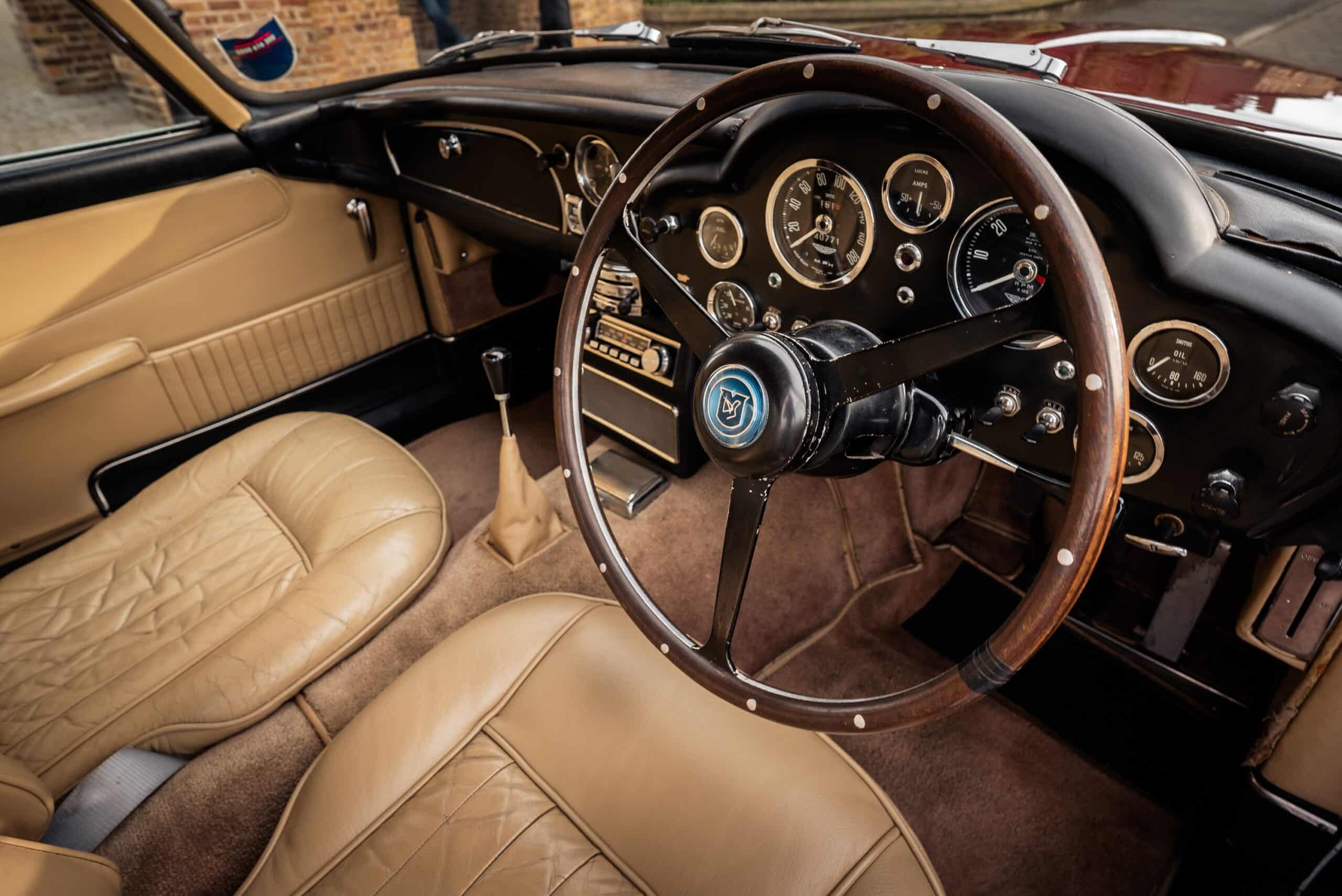
But it was always aggressive like a teenager. I still remember the noises the gearbox made when I went to change gears. I still remember how hot it was in the middle of the driver’s seat with no air conditioning and that I couldn’t even open the windows. I remember the screeching and roaring. I remember driving into the Pyrenees covered in smog and thinking, “Yes. I feel very miserable.”
I was reminded of all this when Aston Martin sent me a DB5. I assumed it would be the new sequel to Goldfinger, but it was an early version from the early 60s without machine guns. I went to a pub with her and she was gorgeous parked outside. I was sitting there thinking I should buy a vehicle like this instead of a 3.0 CSL.
But going home? Oh my god! The DB5 didn’t even have good traction in ’60 and time hasn’t improved the situation. It doesn’t go fast and that’s a problem because every driver sits on the bumper and takes video with one hand while throwing trash out the window with the other.
The Clarksometer Aston Martin DB5 (1963-5)
Motor
3995cc, 6 cylinder, petrol
Power
282bhp at 5500rpm
Torque
280lb ft at 4500rpm
Acceleration
0-100Km/h: 7.1”
Final
228 km/h
Fuel / CO2
Not available
Weight
1,468 kg
Price
£4,175 then
Release date
May 1963
Jeremy’s rating
★★★☆☆
